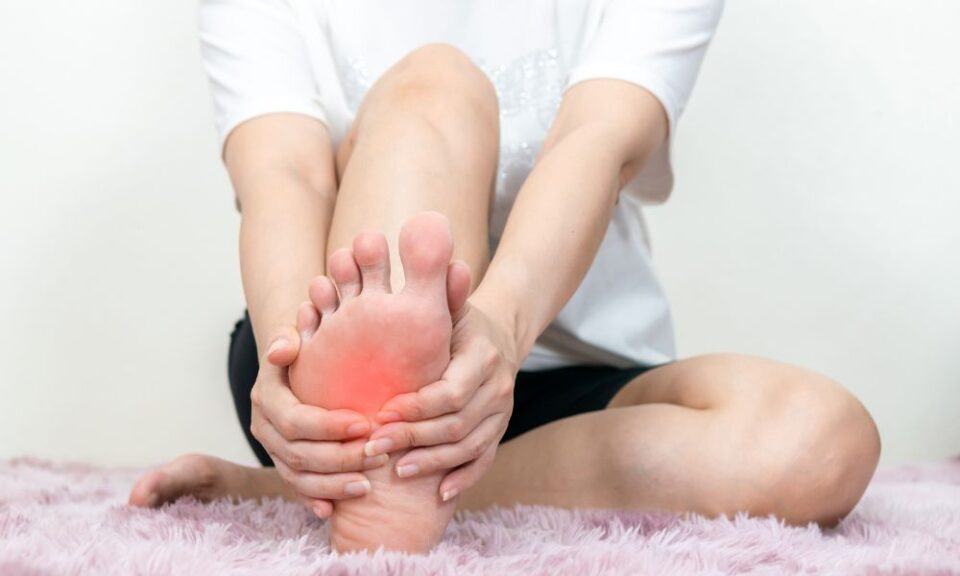Foot pain can be more than just a mild annoyance. When it strikes with every step, it affects daily life in a big way. It can limit movement, reduce activity levels, and impact overall well-being. Let’s explore what it is, how it develops, and what can be done to ease the pain.
What Is It and Why Does It Happen?
Plantar fasciitis occurs when the thick band of tissue connecting the heel to the toes becomes irritated or inflamed. This band supports the arch of the foot and absorbs shock when walking. It shows up more often in people who spend long hours standing or walking on hard surfaces.
Age and physical structure also play roles in this issue. People between 40 and 60 often report symptoms, and those with flat feet or high arches are more likely to experience discomfort. Weight gain adds pressure on the foot, increasing strain on the tissue. Left untreated, the condition may linger and interfere with basic activities.
Signs to Watch For
Early symptoms often include pain near the heel that appears after rest or first thing in the morning. The pain may ease with movement but can return after long periods of standing or walking. Swelling and stiffness in the heel area are also common. Ignoring these early warnings can lead to long-term discomfort.
Diagnosis usually starts with a physical exam. A healthcare provider will check for tenderness in the heel and may ask about daily routines and footwear. Imaging tests, like X-rays or ultrasounds, may be used to rule out other causes. Quick diagnosis helps prevent the issue from becoming chronic. Acting on symptoms early improves chances of recovery.
Effective Treatment Options
Prevention becomes easier once the causes are better understood. It’s also wise to check with a foot care specialist to ensure the right approach is being taken. A proper diagnosis can help rule out other issues and guide more effective treatment.
There are several proven ways to relieve heel pain and promote healing:
- Rest the foot and reduce activities that put stress on it
- Use ice packs to ease inflammation
- Stretch the calf muscles and foot regularly
- Choose supportive shoes with cushioned soles
- Use orthotic inserts or heel pads for extra support
- Try over-the-counter pain relievers if needed
Most people begin to feel better after a few weeks of consistent care. Stretching exercises are especially helpful and can be done at home without special equipment. Physical therapy may be recommended for more persistent cases. With the right plan, many can return to daily activities without discomfort.
The Role of Proper Footwear
Unsupportive shoes like flip-flops or worn-out sneakers can contribute to foot strain. Footwear that cushions the heel and supports the arch makes a noticeable difference. People with foot structure issues may benefit from custom orthotics. A podiatrist can help recommend the right kind of shoe or insert.
Avoid walking barefoot on hard floors, even at home. Soft slippers or shoes with arch support should be used indoors. Pay attention to how the feet feel after trying new shoes or exercise routines. Even small changes can have a big impact on foot health.
Choose a Trustworthy Clinic
Getting help from a trusted medical provider ensures the best outcomes. Look for clinics that specialize in foot and ankle care. Experienced professionals will know how to diagnose the issue accurately and recommend suitable options. They may also provide access to physical therapy, imaging tools, and advanced treatment methods. A reliable clinic will take the time to understand patient needs and monitor progress carefully.
Ignoring heel pain can lead to ongoing discomfort and limited mobility. Conditions like plantar fasciitis often improve with the right combination of rest, support, and expert care. Early treatment prevents complications and gets people back to their routines faster. Pay attention to the warning signs and take action when needed. With proper attention and consistent habits, relief is well within reach.

